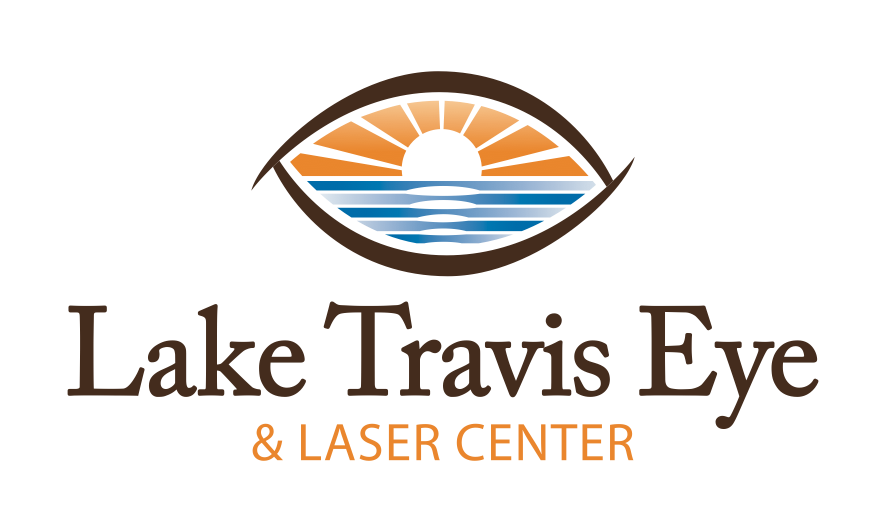
MACULAR DEGENERATION
A common cause of poor Vision after 60
Forms of Macular Degeneration
Macular degeneration is a disease of the macula, an area of the retina located at the back of the eye that is responsible for fine detail vision. This area of the eye controls our ability to read, drive a car, distinguish colors or faces, and perform close-up work. Generally, vision loss is gradual and affects both eyes at different rates. Age related macular degeneration (AMD) is one of the most common causes of poor vision after age 60. Although the specific cause is unknown, AMD in part seems to be due to aging.
Dry Form
Nine out of ten people that have AMD have the dry form. This type of AMD occurs when tiny yellow spots called drusen form underneath the retina, and when the macula (center of the retina) deteriorates and thins. Dry AMD takes years to develop.
Wet Form
This type of AMD is much less common than the dry form. However, it is more serious and usually results in a more severe decrease in vision. Wet AMD occurs when abnormal blood vessels grow underneath the retina. These vessels leak fluid underneath and within the center of the retina.
Symptoms
The visual changes that occur with AMD involve loss of central vision. While peripheral vision is unaffected, one loses the sharp, straight-ahead vision necessary for driving, reading, recognizing faces, and looking at fine detail. Imagine being able to see a clock on the wall but not being able to make out the time. The early stages cause little, if any noticeable changes in vision. Gradually, reading becomes difficult without extra light and magnification. As AMD progresses, it becomes difficult to see details in the center of the field of vision. When wet AMD occurs, vision can rapidly become distorted (straight lines appear wavy) or blurred.
Risk Factors
Aging- Approximately 10% of people 66 to 74 years of age have findings of macular degeneration. The prevalence increases to 30% in people between 75 and 85 years of age.
Smoking- The only environmental exposure clearly linked with macular degeneration is tobacco smoking. Not only does smoking increase the risk of developing AMD, but smokers also cannot take vitamin supplements that have beta carotene because the risk of lung cancer increases if they do so.
Family History of Macular Degeneration- Macular degeneration is hereditary in some families, but not in others. The lifetime risk of developing late-stage AMD is 50% for people who have a relative with AMD.
Extended sun exposure
High Blood Pressure
High Cholesterol
Diabetes
Testing
Amsler grid
This is a common test that is given to all AMD patients to perform daily at home. Basically, it is a grid of straight lines that may appear wavy or have missing spots if AMD is worsening.
OCT (Ocular Coherence Tomography)
This provides a contour map of the retina, which may show fluid accumulation, scarring, or thinning of the retina. Lake Travis Eye and Laser Center has one of the most advanced OCT machines on the market- the speed and sensitivity of the machine provide patients with top-of-the-line eyecare.
Fluorescein Angiography
This test entails injecting fluorescein, an orange-red dye, into a vein in the arm. The dye then travels throughout the body, and into the blood vessels in the retina. Next, a specialized camera takes photographs of the retina. If new blood vessels are forming in AMD, certain dye leakage patterns are seen.
Risk Reduction
Eating large quantities of dark green leafy vegetables rich in carotenoids might reduce the risk of developing AMD. Spinach and collard greens are good examples.
Protect your eyes from UV light.
Do not smoke!
Antioxidant vitamins and zinc supplements may help.
Exercise regularly.
Treatment
Routine eye exams, good nutrition, dietary supplements, and Amsler grid monitoring may be all that is recommended during the early stages of AMD. The results of the age-related eye disease study 1 and 2 (AREDS) conducted by the National Eye Institute suggest that patients with intermediate level AMD in both eyes or with advanced level AMD in one eye and without contraindications such as smoking should consider taking the following vitamin supplements:
Vitamin E
Vitamin C
Beta carotene (except in smokers)
Zinc oxide
Copper
Lutein
Zeaxanthin
There are several over-the-counter AREDS preparations available at most pharmacies. Please consult and eye doctor prior to taking these vitamins.
Low Vision Aids
Low vision aids such as hand-held magnifying glasses or video cameras that enlarge print may help make it easier to live with the decreased vision caused by dry macular degeneration. Many lifestyle aids such as large print books, tape-recorded books or magazines, and talking clocks are also available. Several clinical studies, such as implantable telescopes, are also underway.
Injection
Anti-VEGF medicines (help block the growth of new blood vessels) such as Lucentis, Avastin, and Eyelea are now commonly injected in wet-AMD. Most patients need multiple injections in monthly intervals in order to stabilize the disease.
Lasers
Lasers are less common treatments that are used to decrease or stop abnormal blood vessel growth. This type of treatment is possible only when the abnormal blood vessels are far enough away from the center of the retina that it will not damage it. Some cases of wet-AMD may also be treatable with PDT (photodynamic therapy) in order to slow the progression of vision loss.





